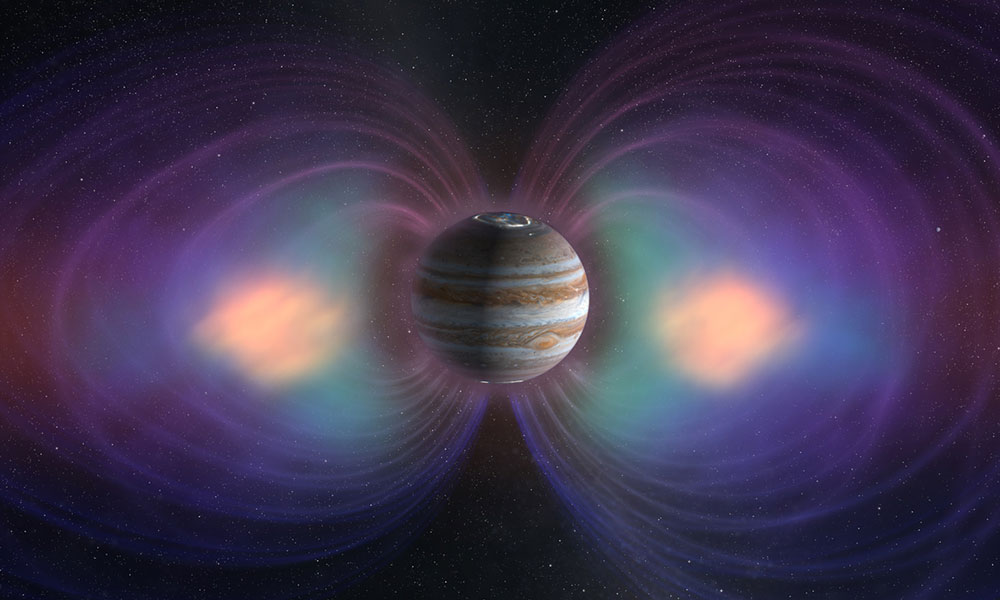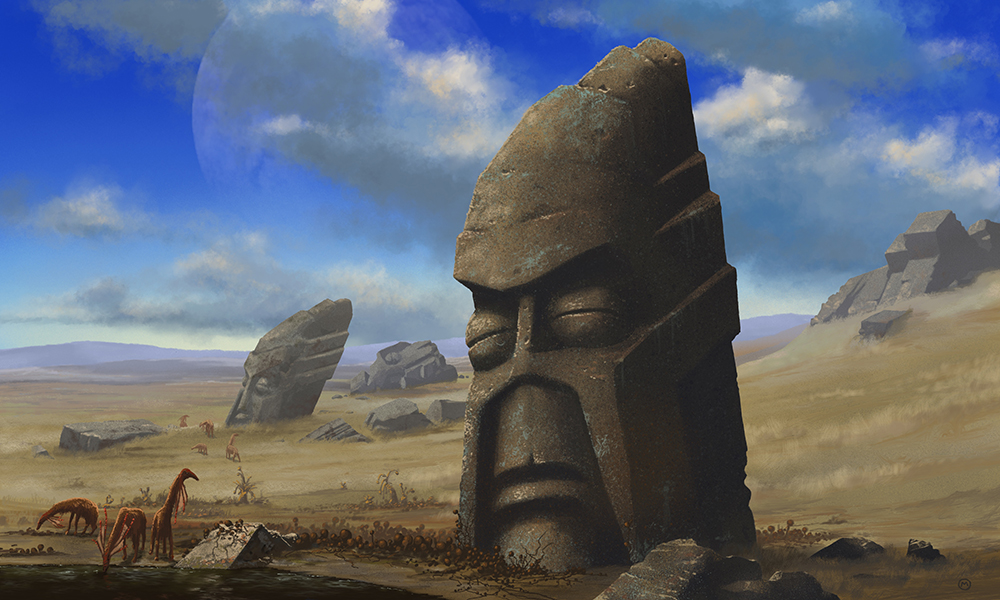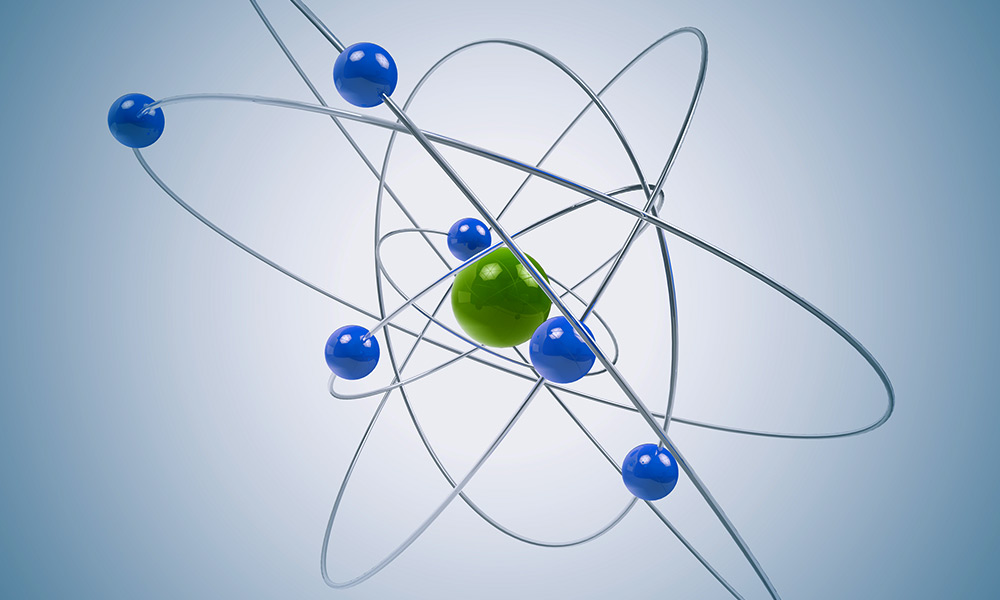
Earth’s inner core is much younger than we thought
Rochester researchers have gathered the first field data that show the Earth’s inner core is only about 565 million years old—relatively young compared to the age of our 4.5-billion-year-old planet.

Researchers unravel more mysteries of metallic hydrogen
Liquid metallic hydrogen is not present naturally on Earth and has only been created in a handful of places, including the University of Rochester’s Laboratory for Laser Energetics. LLE scientists are researching the properties of liquid metallic hyrdrogen to understand how planets both inside and outside our solar system form magnetic shields.

Alien apocalypse: Can any civilization make it through climate change?
Does the universe contain planets with truly sustainable civilizations? Or does every civilization that may have arisen in the cosmos last only a few centuries before it falls to the climate change it triggers? Rochester astrophysicist Adam Frank and his collaborators have developed a mathematical model to illustrate how a technologically advanced population and its planet might develop together, putting climate change in a cosmic context.

We think we’re the first advanced earthlings—but how do we really know?
Imagine if, many millions of years ago, dinosaurs drove cars through cities of mile-high buildings. A preposterous idea, right? In a compelling thought experiment, professor of physics and astronomy Adam Frank and director of the NASA Goddard Institute for Space Studies Gavin Schmidt wonder how we would truly know if there were a past civilization so advanced that it left little or no trace of its impact on the planet.

Earth’s magnetic field fluctuations explained by new data
Using new data gathered from sites in southern Africa, researchers have extended their record of Earth’s magnetic field back thousands of years to the first millennium.

Professor assists NASA mission to measure disks that give birth to planets
Unlike typical observatories that are positioned on the ground or in space, the telescope Dan Watson is working on is situated in between — on a Boeing 747SP jet airliner.

Dustin Trail wins award for studies of early Earth
The assistant professor of earth and environmental sciences has been selected as the recipient of the 2017 Mineralogical Society of America Award, a major honor in the field.

Rochester leads new multi-institutional effort to study ‘extreme matter’
Institutions including Cornell, Michigan, Princeton, and Stanford will join Rochester in developing an instrument to produce and study matter that exists under pressures far higher than either on or inside Earth.

Climate change for aliens
For more than 50 years, the Kardashev scale has been the gold standard for classifying hypothetical “exo-civilizations” by their ability to harness energy. A team of researchers led by Rochester astrophysicist Adam Frank have devised a new system that takes into account the impacts of that energy use.

New research initiative turns laser focus on high-energy-density physics
Gilbert “Rip” Collins, formerly of Lawrence Livermore National Laboratory, will lead a multidisciplinary initiative in Rochester to study how atoms behave at extreme pressures.
